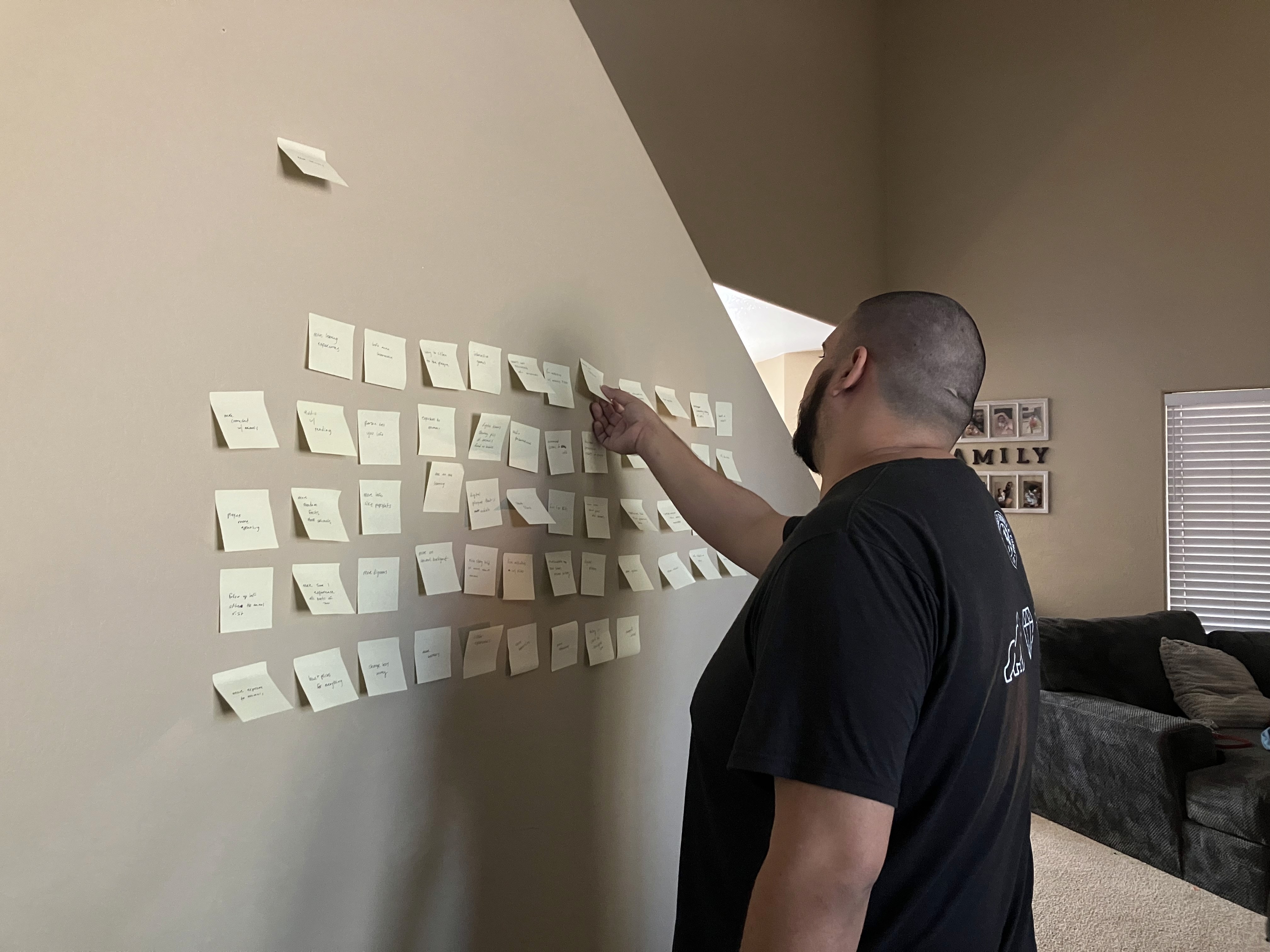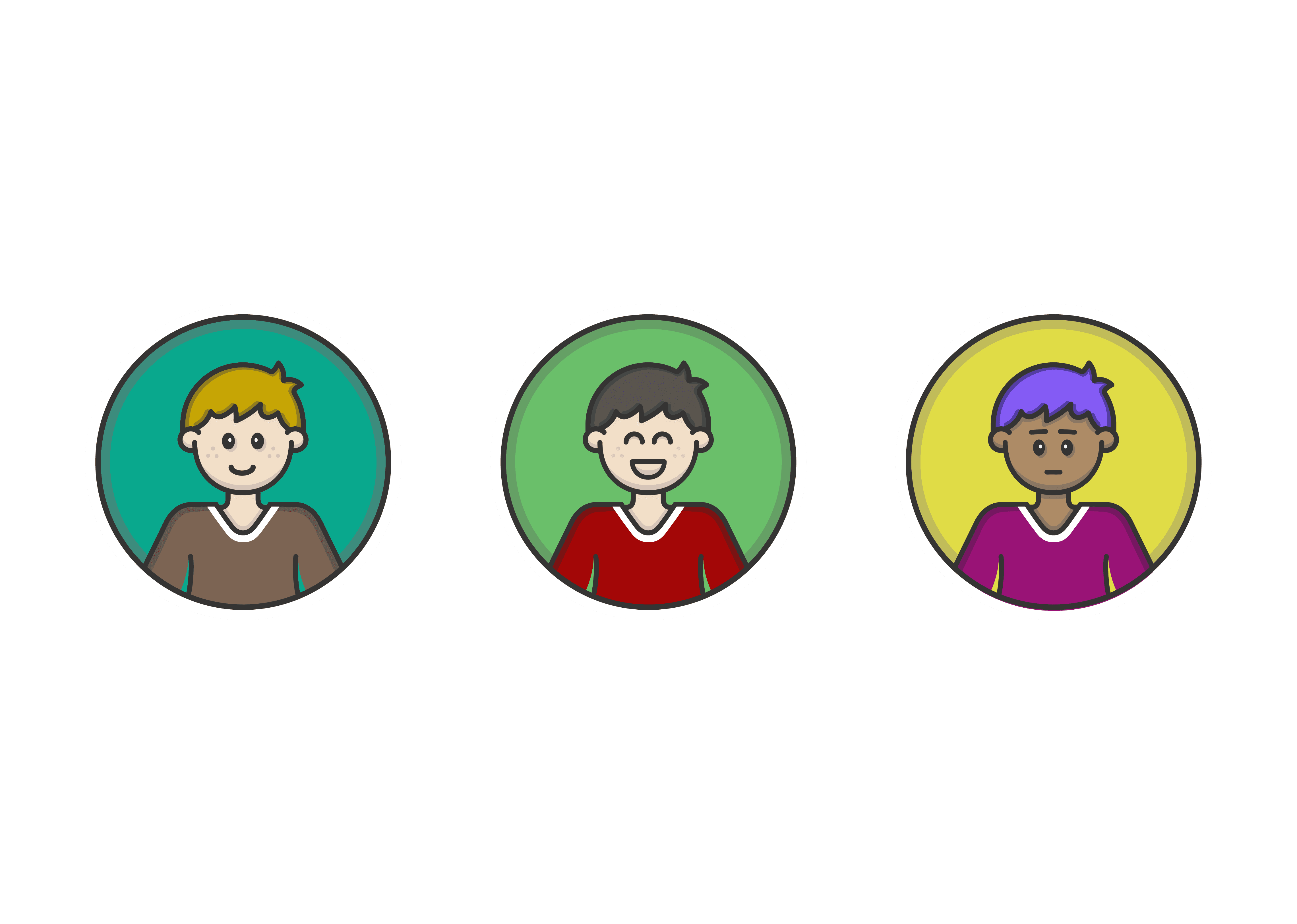
Interviews
5 Interviews
30 Minutes Each
I gained the most insight when conducting interviews with users. Users began describing deep connections to animals they’d seen at the zoo, but these connections stemmed from a story that was told to them. For example, a particular user began describing two baby bears who were taken in due to their mother being hunted in the wilderness; this story resonated with them.
I realized there was a deeper connection between our visitors and animals than I had initially assumed. I started to think about how I could create a solution that would allow us to connect people with animals in an educational and meaningful way.

The Survey
A Critical Moment
I was fortunate enough to have the ability to roll out a survey that involved some of the meatiest portions of our user interviews. My goal? To find out if plaques were important to zoo visitors and if so how often they read them. So I asked 100 people; “How often do you read plaques or information panels at the Zoo?”
A whopping 94 people said they read plaques often. This was great and aligned with what we learned from our user interviews. I knew how important the animal’s story was to the users based on my user interviews so next, I asked; On one of your visits to the Zoo, can you remember a specific animal’s name or story?
Only 48% of visitors were able to remember specific animals. This was great, I got such great insight from this survey and was able to see an area we could improve upon while adding value to both the users and the zoo.
The Analysis
The Development
of My Findings
